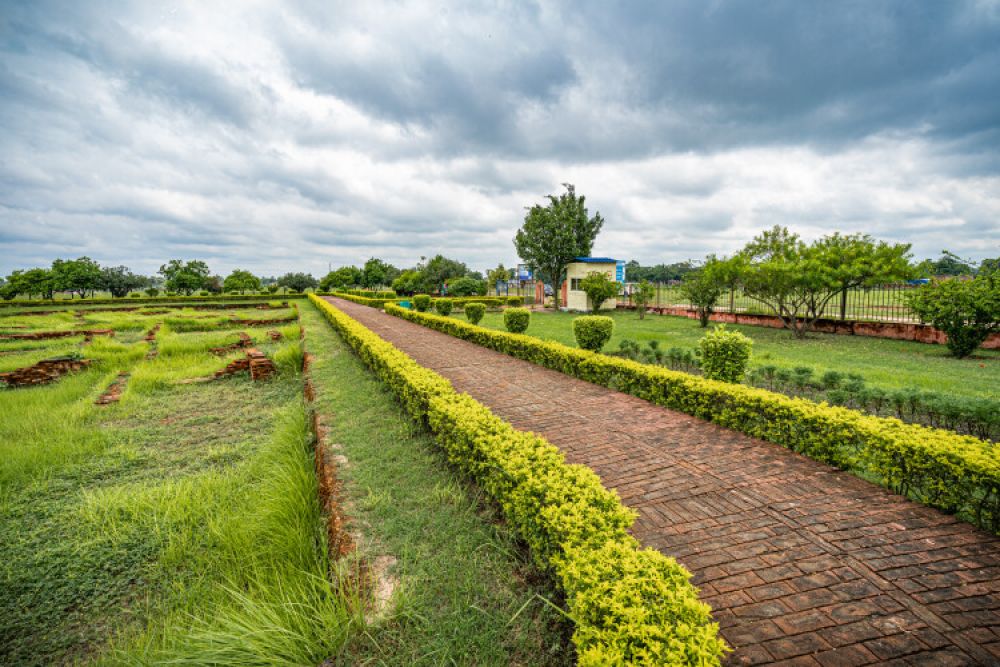

Located in the ancient city of Vaishali in Bihar, India, the archaeological site known as Raja Vishal ka Garh bears significant historical importance. This ancient structure has been linked to the period of the Mahajanapadas, which were sixteen powerful and vast kingdoms and republics that existed during the Iron Age in India, around the 6th century BCE.
It is believed that Raja Vishal ka Garh was the ancient parliament house of the Vajji or Vrijji Mahajanapada, which was a confederation of eight clans of which the Licchavis were the most powerful. The historical texts indicate that Vaishali was one of the first republics in the world, having an elected assembly and an administration that represented the will of the people.
The garh or the fortress-like structure spans over an area of about one square kilometer, with walls rising to a height of about 2 meters in some places. Excavations have unearthed a large earthen mound, surrounded by a moat, and the remains of an ancient parliament house of the Licchavi clan are still evident in the size and grandeur of the walls and gates.
Tourism in Vaishali and at Raja Vishal ka Garh has a significant history, dating back to the early explorations and excavations in the 20th century. Once the site was identified and excavations began, it grabbed the attention of historians, archaeologists, and travelers alike. The region's link to both the Vedic period and the life of Lord Buddha added to its attraction as a pilgrimage spot for both Hindus and Buddhists.
In recent years, with the development of the Buddhist Circuit, there has been a renewed interest in Vaishali. Modern tourism trends have seen a rise in heritage tourism, with travelers seeking to explore places of historical and cultural significance. The Bihar government has also invested in improving infrastructure to make sites like Raja Vishal ka Garh more accessible and tourist-friendly.
Visitors can explore the remains of the ancient parliament, the adjacent museum showcasing the archaeological finds from the site, and other historical attractions such as the Ashoka Pillar, the Relic Stupa, and the Buddha's relic casket discovered in Vaishali.
Efforts to enhance the visitor experience with better amenities, guided tours, and informative displays have helped in promoting the historical site. A visit to Raja Vishal ka Garh is now often part of educational tours, cultural exploration itineraries, and spiritual journeys following the life of Buddha.
With its blend of historical richness and cultural significance, Raja Vishal ka Garh stands as a testament to the glory of ancient Vaishali and continues to be an important destination for those interested in India's diverse past.